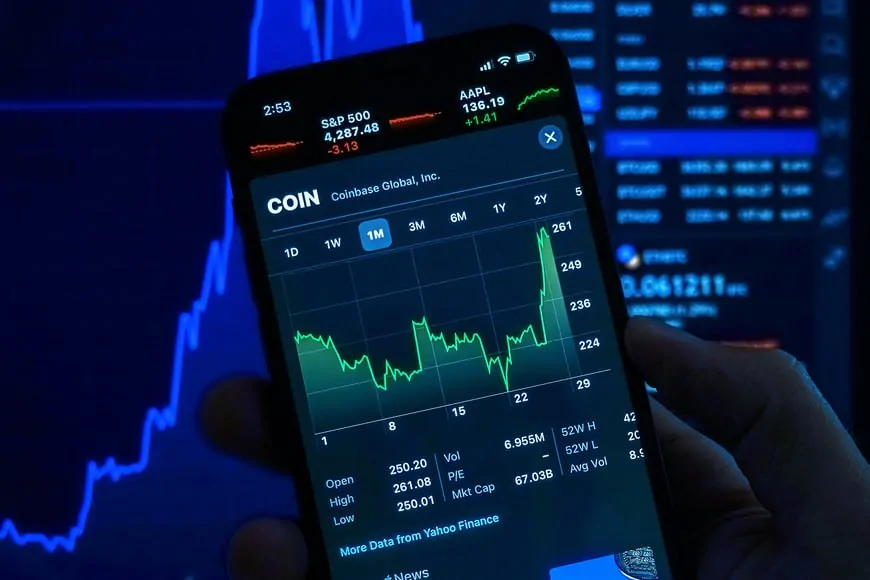The Shifting Tides: Unraveling the Dynamics of the Gold Price

The price of gold, long revered for its intrinsic value and stability, has always been subject to the ebb and flow of economic forces. However, in recent times, the dynamics surrounding the gold market have undergone significant shifts, prompting researchers and investors alike to unravel the complex interplay of factors driving its price. This article delves into the multifaceted nature of the gold price, exploring the underlying forces that propel its fluctuations and investigating the key drivers behind its shifting tides. From global economic trends and geopolitical tensions to investor behavior and market speculation, understanding the dynamics of the gold price is crucial for anyone seeking to navigate the intricate world of precious metals and make informed investment decisions.
Global Economic Trends and the Gold Price
The price of gold is intimately connected to global economic trends, as it serves as a barometer of financial stability and investor sentiment. Understanding the relationship between these economic trends and the gold price is crucial for comprehending the dynamics of the precious metal market.
One key factor that influences the gold price is inflation. When inflation rates rise, the purchasing power of fiat currencies declines, leading investors to seek refuge in gold as a store of value. Historically, during periods of high inflation or the anticipation thereof, the demand for gold has surged, driving its price upwards. Conversely, when inflation is low and stable, the allure of gold may wane, resulting in a decrease in its price.
Another critical economic factor impacting the gold price is interest rates. Gold, being a non-yielding asset, competes with interest-bearing assets such as bonds and fixed deposits. When interest rates are at a lower level, the attractiveness of holding gold increases as the opportunity cost diminishes. In such situations, investors find it more compelling to allocate their funds to gold rather than interest-bearing assets. However, when interest rates begin to rise, investors tend to redirect their investments towards those assets that provide higher yields. This shift in preference from gold to interest-bearing assets results in a decrease in the demand for gold, subsequently impacting its price negatively. Thus, the fluctuation in interest rates plays a crucial role in influencing investor behavior and the demand for gold in the market.
Economic growth also plays a role in shaping the gold market. During periods of economic prosperity and rising incomes, the demand for luxury goods, including gold jewelry, tends to increase. This surge in demand can positively impact the gold price. On the other hand, during economic downturns or recessions, the demand for gold may decline as consumers prioritize essential needs over discretionary purchases, thereby exerting downward pressure on the gold price.
Currency movements also influence the gold price. Gold is globally traded in US dollars, so fluctuations in currency exchange rates can affect its price. When the value of the US dollar declines in comparison to other currencies, gold becomes more affordable for investors holding those alternative currencies. As a result, the demand for gold tends to rise, leading to an upward pressure on prices. The relative decrease in the cost of purchasing gold motivates investors to seek out this precious metal as an attractive investment option. Therefore, fluctuations in currency exchange rates, particularly when the US dollar weakens, can have a significant impact on the demand and subsequent price movement of gold in the market. Conversely, a strengthening US dollar may make gold relatively more expensive, reducing its demand and pushing prices lower.
Furthermore, trade wars and geopolitical tensions can have significant implications for the gold market. In times of heightened geopolitical risks, such as conflicts or economic sanctions, investors often turn to gold as a safe-haven asset. The perceived stability and universal acceptance of gold make it an attractive choice during periods of uncertainty, leading to increased demand and upward pressure on its price.
Geopolitical Tensions and Their Impact on Gold
Geopolitical tensions play a significant role in shaping the dynamics of the gold market. As a safe-haven asset, gold tends to thrive during periods of uncertainty and geopolitical instability. Understanding the relationship between these tensions and the price of gold is crucial for investors and analysts seeking to comprehend the intricate dynamics of the precious metal market.
One of the primary ways geopolitical tensions impact the gold market is through increased safe-haven demand. When geopolitical risks escalate, such as during conflicts, political crises, or the threat of terrorism, investors often turn to gold as a means to preserve capital and protect against potential losses in other assets. The perceived stability and intrinsic value of gold make it an attractive choice for investors during times of uncertainty. Consequently, heightened geopolitical tensions tend to drive up the demand for gold, leading to an increase in its price.
Moreover, gold serves as a hedge against risk during geopolitical uncertainties. As tensions rise, market participants seek assets that are less susceptible to the impacts of geopolitical events. Gold’s historical track record as a store of value and a hedge against inflation and currency fluctuations makes it an appealing option for investors looking to diversify their portfolios and mitigate potential losses. The increased demand for gold as a hedge against risk further contributes to its price appreciation during periods of geopolitical tensions.
Economic sanctions imposed by countries also have a significant impact on the gold market. When nations impose sanctions on each other, it often results in a loss of confidence in traditional financial instruments and currencies. In such situations, gold becomes a reliable alternative for preserving wealth and conducting cross-border transactions. The demand for gold can surge in countries facing sanctions as individuals and institutions seek to protect their assets and engage in trade using a globally accepted medium of exchange.
It’s worth noting that the impact of geopolitical tensions on the gold market is not limited to short-term fluctuations. Prolonged geopolitical uncertainties can have long-lasting effects on gold prices. Investors may adopt a cautious approach and maintain a significant portion of their portfolios in gold as a means of safeguarding against geopolitical risks over an extended period. This sustained demand for gold can exert upward pressure on its price.
Investor Behavior and Market Speculation in the Gold Market
Investor behavior and market speculation play a significant role in shaping the dynamics of the gold market. The sentiment, actions, and decisions of investors can have a profound impact on the demand and price of gold. Investor behavior, driven by factors such as risk appetite, economic outlook, and financial market conditions, influences whether investors choose to buy, sell, or hold gold. Additionally, market speculation, driven by expectations of future price movements, can lead to short-term fluctuations in the gold market. Understanding the psychology of gold investors and the impact of market speculation is crucial for comprehending the dynamics of the gold price.
Understanding the dynamics of the gold price is a complex endeavor, as it is influenced by a myriad of factors that span global economics, geopolitics, investor behavior, and market speculation. As we have explored the interplay between these elements, it becomes evident that the gold market is subject to constant shifts and fluctuations. To navigate these shifting tides successfully, investors and market participants must stay attuned to economic indicators, geopolitical developments, and investor sentiment. By doing so, they can gain valuable insights into the gold market and make informed decisions. Ultimately, unraveling the dynamics of the gold price requires a comprehensive and multifaceted approach to comprehend the ever-changing nature of this precious metal’s market.





